Adapting outdoors: accessibility extends into nature
| Published: 11-22-2024 5:05 PM |
Bodhi Bhattarai’s fifth-grade field trip to Sewalls Falls to observe ecosystems aimed to bring students into nature to see firsthand the organisms they had discussed in class.
For Bhattarai, however, his focus remained on the ground below him. The 10-year-old, who has spinal muscular atrophy, uses a motorized wheelchair to get around.
“I didn’t like it because it was a trail and it had many roots and rocks, and it was so bumpy that I almost tipped over five times,” he said of the October trip. “Roots get hidden by leaves and dirt. So I try to avoid them the best I can, but there are usually a lot, so it’s hard to avoid every single one.”
Luckily, a teacher from Broken Ground Elementary School was walking right behind him and was able to help him stay steady as his wheels traversed unseen obstacles.
The trail to Sewalls Falls contains several small slopes that can be scaled more easily by foot than on wheels. Overall Bhattarai didn’t seem too fazed by the bumpy ride, but he did say the same learning could have taken place at Terill Park, which has flat, paved trails and is still surrounded by nature.
“Accessibility doesn’t just mean that people with disabilities can do it,” Bhattarai said. “Accessibility means that people with disabilities can do it very similarly, the same way as able-bodied people.”
Winters are always challenging because paths get icy and snowy sidewalks restrict the space for him to roll along, but he adapts as necessary.
The focus on accessibility needs to extend beyond buildings, said Stephanie Patrick, the executive director of the state’s Disability Rights Center.
Article continues after...
Yesterday's Most Read Articles
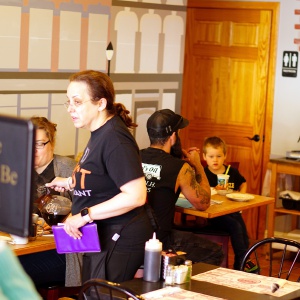 ‘Bittersweet’: The Post on Main Street closes Friday
‘Bittersweet’: The Post on Main Street closes Friday
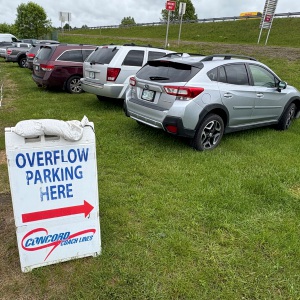 Messy parking around Concord’s bus terminal won’t get less messy any time soon
Messy parking around Concord’s bus terminal won’t get less messy any time soon
 Jesse Sullivan pleads guilty to second-degree murder of half-brother, Zackary
Jesse Sullivan pleads guilty to second-degree murder of half-brother, Zackary
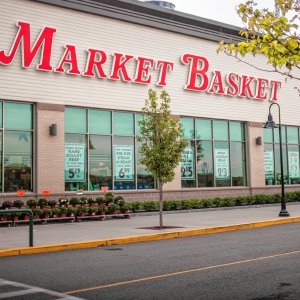 In echo of 2014 struggle, Market Basket board sidelines ‘Artie T.’ from CEO spot
In echo of 2014 struggle, Market Basket board sidelines ‘Artie T.’ from CEO spot
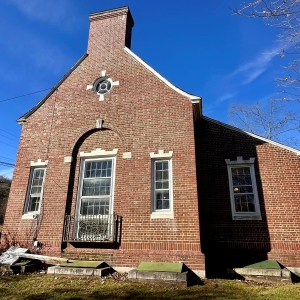 Historic former Boscawen library building on sale – again
Historic former Boscawen library building on sale – again
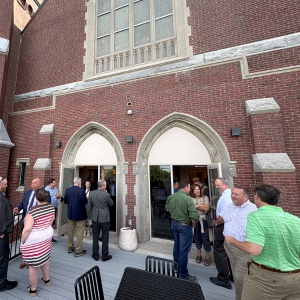 New Concord apartments open in former First Congregational Church
New Concord apartments open in former First Congregational Church
“New Hampshire prides itself on being a community where people can go out and experience the outdoors at the beaches and the piers, out in the forests and everywhere,” Patrick said. “We really have the opportunity to be a leader in this area, in terms of thinking about how to make sure everyone can be a part of our nature here in New Hampshire. It’s such a core part of people’s identity here.”
In recent years, some local nature spots have tried to prioritize accessibility. Over the summer, Bear Brook State Park acquired an all-terrain track chair that allows users to access trails they may not otherwise be able to with their own mobility devices. The Audubon Society’s recently completed All Persons Trail in Concord provides a paved walkway through the pollinator meadow at the Silk Farm Wildlife Sanctuary. The Audubon Society drew inspiration from the Nature Conservancy’s All Persons Trail in Manchester, located in the city’s Cedar Swamp Preserve and finished early in 2022.
Other opportunities to access the outdoors come from the network of rail trails throughout the greater Concord area. They offer flat, wide paths for people who use mobility devices, like wheelchairs or scooters. Allenstown opened its portion of the rail trail connecting to Hooksett in October.
These efforts to increase accessibility have made a difference in the greater Concord area. Still, when Concord couple James Piet and Patricia Vincent-Piet want an outdoor adventure to somewhere new, they first have to search online for accessibility information. Sometimes it’s easy to find, other times they have to hunt around, including typing into website search bars to find what they’re looking seeking.
As they drive to their destination, they hope to find an accessible parking spot once they arrive. Sometimes they get lucky, but at more popular destinations, it’s never a guarantee. Even after embarking into the woods or along the water – Piet rolling in his motorized wheelchair, Vincent-Piet walking beside him – they know they could have to turn around at any minute if the “accessible” walkway proves to not be so accessible after all.
“We make do. We just make it work,” Piet said.
They both have cerebral palsy, although it affects them in different ways. The couple loves exploring nature and have gone to many spots across New England over the years. But they’ve learned that anything from roots to rocks to sand to too-narrow pathways could mean the end of the day’s adventure.
“We go a lot of places that aren’t really accessible – we just figure it out,” Vincent-Piet said. “A lot of it is, ‘This looks like it’s paved. It looks like it’s accessible.’ But if it’s not, we double back.”
They try to stick to paved paths or, if not, ones that seem as flat as possible. Piet can’t roll onto sand because his wheels will get stuck, but places like Hampton Beach have invested in ramps and mats that allow Piet to venture over the sand and even along the water. Hampton Beach also has accessible chairs with thick, sand-friendly wheels that people can use to get places the ramps and mats don’t go.
At Crotched Mountain in Greenfield, where Piet spent much of his childhood as a student at the Crotched Mountain School, two accessible trails provide paths up the mountain. The Crotched Mountain Foundation, which oversees the trails, dedicated an overlook to Piet in September. He has served as the chair of the foundation’s board since 2006 and is the first person with a disability to hold the position.
Despite progress made in recent years, many natural spaces in the state remain inaccessible, leaving people like Piet and Vincent-Piet to fend for themselves when it comes to their desire for adventure. Bradford resident Carol Conforti-Adams, who sustained a spinal cord injury leading to quadriplegia following a car accident, took matters into her own hands.
After a difficult excursion to Castle in the Clouds in Moutonborough, she realized the need for outdoor spaces designed for people with disabilities and decided to convert her property in South Sutton into an accessible haven with paved trails, lookout points, and gathering places.
“A tree might fall down, but then that tree becomes an ecosystem for fungi and animals eating it,” Conforti-Adams said. “Our body falls down and can’t get up. We adapt to the situation and create a new lifestyle. I can’t run around and do it like I used to, but is that going to stop me? No.”
She founded Sunset Hill Educational Institute in her own backyard and created Wheelchair Health in Motion, a group that fosters connections among wheelchair users through organized activity, along with Nature’s Way, which helps people with disabilities connect with the outdoors.
Wheelchair user Mark Race says he doesn’t love the term “disability.” Everyone has different abilities, he explained.
“There are just abilities. The only limitations are the ones you put on yourself, really. Because anything can be done. I’ve done a lot, from scuba diving to sky diving,” said Race, who lives in Loudon.
After becoming paralyzed in 1979, Race joined a pickup basketball team for wheelchair users and got involved with Northeast Passage, a nonprofit run through the University of New Hampshire that focuses on therapeutic recreation and adaptive sports. Race has participated in activities such as bocce ball, water skiing, hand cycling, and winter skiing.
He went on a multi-day ski trip in February with New England Disabled Sports, based in Lincoln. Over the summer, he hit the waters in a kayak with the New England Healing Sports Association in Newbury. Race enjoys the sense of community he’s found through the activities in which he participates and also mentioned Adaptive Sports Partners of the North Country and the United Spinal Association as being key groups that provide adaptive sports equipment and organize activities.
Race said he was even one of the first people to climb Mount Washington in a snowcat in the winter. He wants his can-do spirit and those of others like him to inspire others to put themselves out there.
“The bottom line is waking up and moving forward and keeping yourself in shape and eating properly,” Race said. “People think that you just sit in a wheelchair the whole day. There’s so much more.”
When Weare resident Douglas Ewing, who has hand cycled across the country three times and once across Europe, first started using a wheelchair after a spinal cord injury, he didn’t think he’d ever be able to bike or fish or swim again, but he learned he still could, just in new ways. Now, he finds his abilities have changed with age.
“Because of all the things that I’ve done over the years, my shoulder’s shot now,” he said. “I’m bone on bone. So it’s really painful to do some other transfers and stuff that I used to do onto the hand cycle and into the kayak and that kind of stuff. It makes it harder for me to do the things that I enjoy.”
Despite recent efforts to increase accessibility when it comes to the outdoors, many places still have areas for improvement, be it in terms of offering wide, flat, paved paths, making sure there are enough accessible parking spots or bathrooms, or providing easy-to-find information about accessibility online.
Ewing finds it frustrating when accessibility decisions are not made in consultation with people with disabilities.
“The most important thing is to get the opinions of the disabled community, people that will use the trails and equipment. It’s the biggest, most important thing that they need to know is to get the right opinion. There’s so many cases where businesses or companies try to make things accessible, but they don’t talk to a person with a disability, and they never get it right,” Ewing said.
The lack of accessible bathrooms at trailheads also prevents some places from being completely accessible, he added.
Sometimes having accessible outdoor spaces isn’t enough if people don’t have the means to get there. Piet and Vincent-Piet count themselves fortunate because they have a vehicle that can accommodate Piet’s mobility device.
“Unfortunately if you don’t drive or have your own vehicle, it’s expensive. If you don’t have money, you don’t go far,” Piet said.
He explained that some people with disabilities have to arrange ride services to drop them off and pick them up, which greatly limits their ability to explore and, in some cases, can cost money that people don’t necessarily have.
“We are used to the world not being accessible to us,” Vincent-Piet said. “A lot of people get frustrated. It’s hurtful. You feel like you’re purposely being left out. I’m torn between thinking it’s great that they’re making places accessible, but on the other hand, thinking why did it take so long?”
Her husband echoed her sentiments.
“Do we get tired of advocating? Yes. But if we don’t advocate, then nothing happens,” Piet said. “Accessibility benefits everyone. Once people realize how important it is, all of society will benefit.”
Bhattarai agreed, adding that he wants people to take him and his concerns seriously. Just because he’s 10 years old shouldn’t stop him from contributing to conversations around disability rights.
“People underestimate kids with disabilities, but we have creative brains so we can find good solutions,” Bhattarai said.
Rachel Wachman can be reached at rwachman@cmonitor.com.

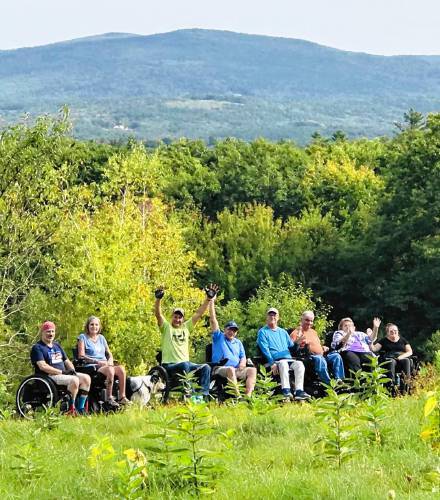
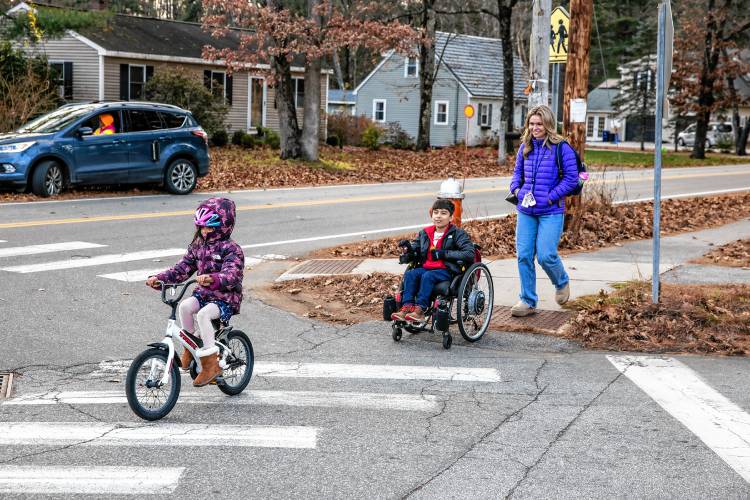

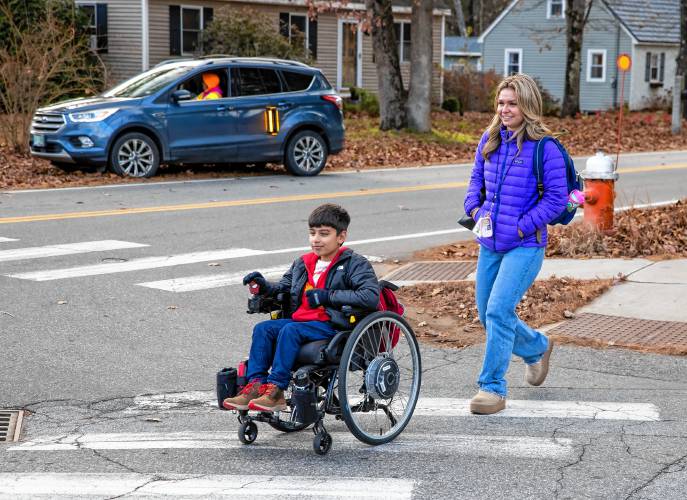
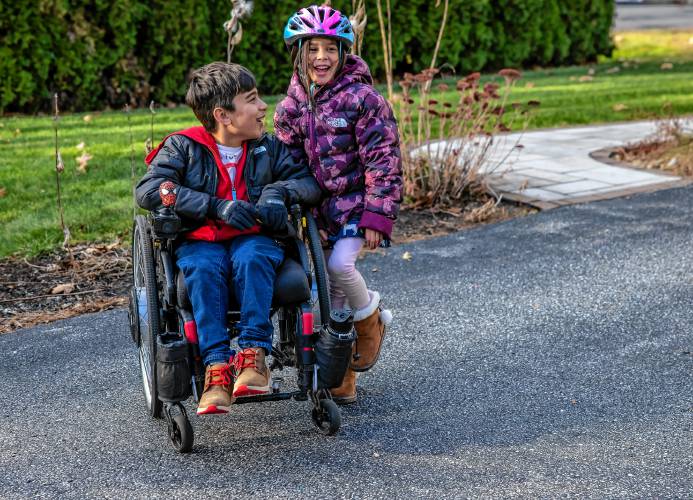
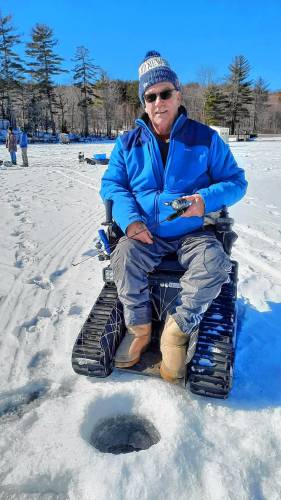
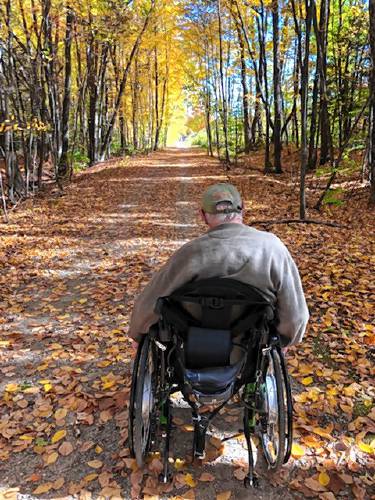
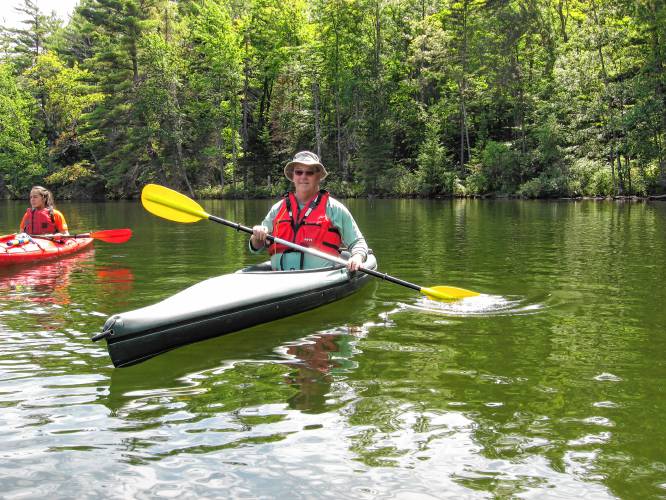
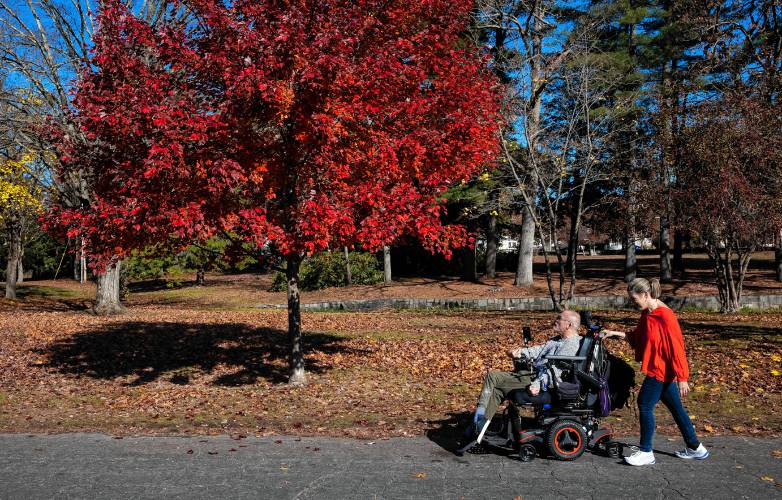
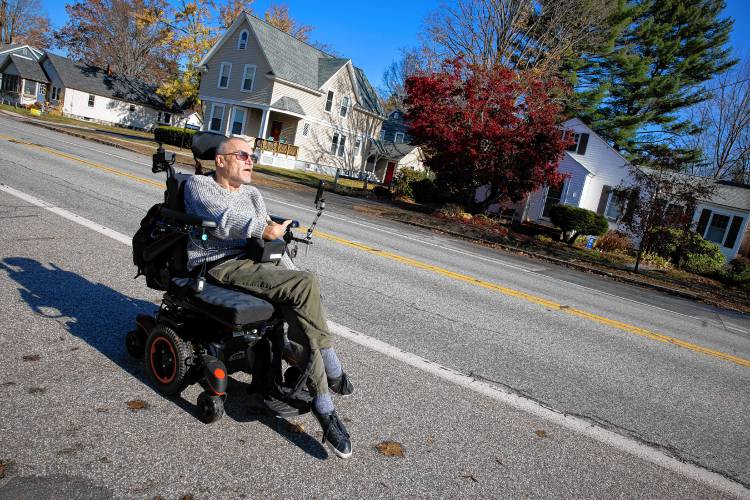
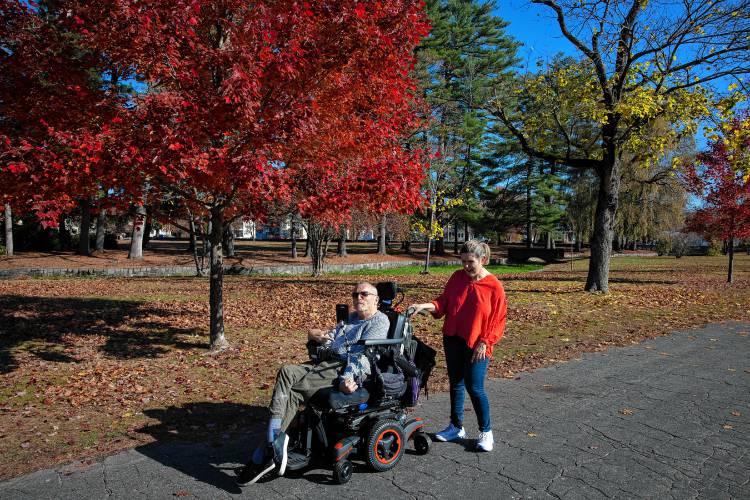

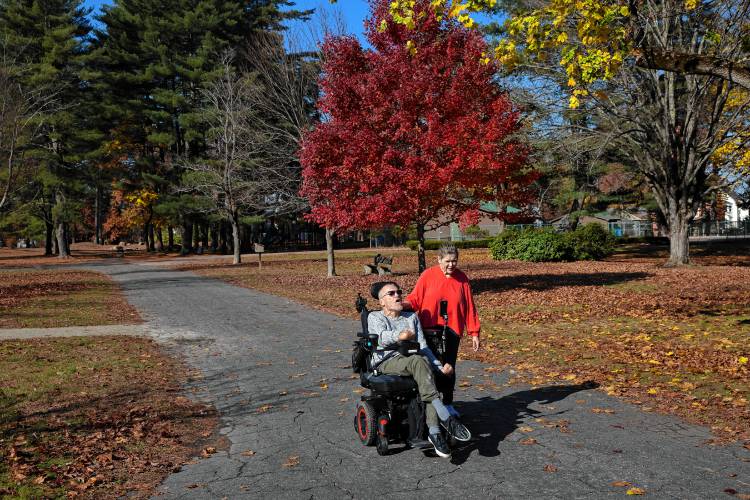






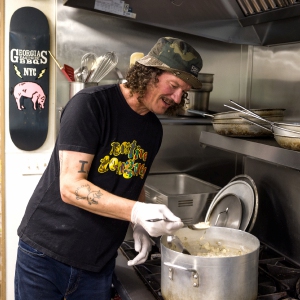 Georgia’s Northside in Concord transitions into catering and cooking classes
Georgia’s Northside in Concord transitions into catering and cooking classes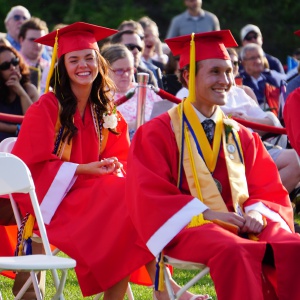 ‘You have time’ – Coe-Brown graduates savor the moment
‘You have time’ – Coe-Brown graduates savor the moment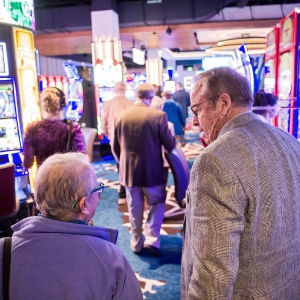 Senate lawmakers vote to lift betting limits to attract high-rollers to New Hampshire’s casinos
Senate lawmakers vote to lift betting limits to attract high-rollers to New Hampshire’s casinos
